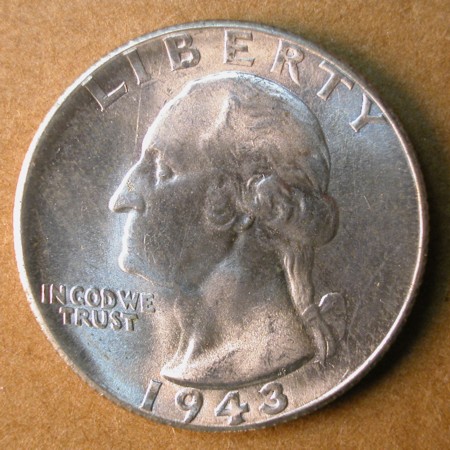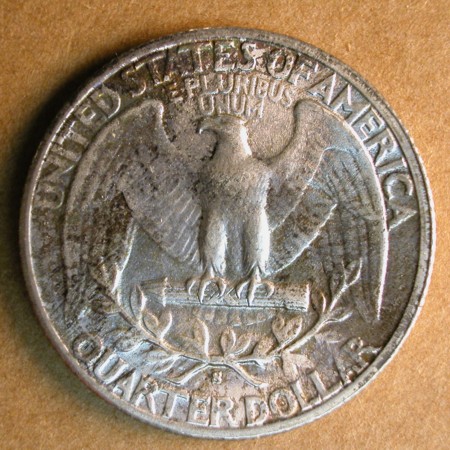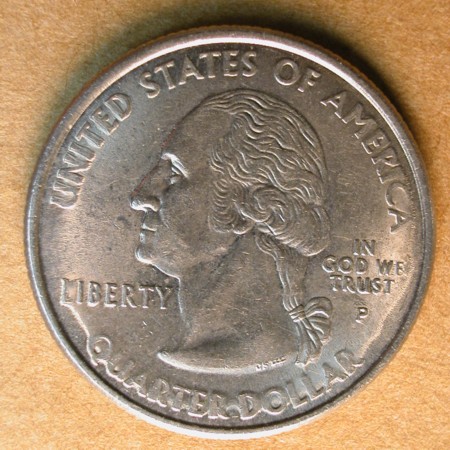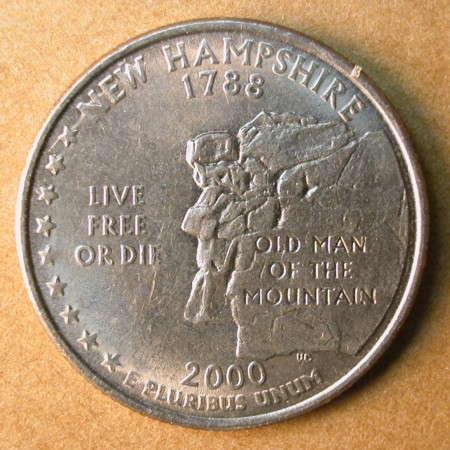Part IV. Die Errors:
Die Deterioration/Deformation Errors:
Soft Die Errors
Definition: A pattern of deformation that is premature, exaggerated, peculiar, and often localized. It is closely related to die subsidence (sunken die) errors. Instead of the die face sinking in, the metal on the die face moves around more-or-less within the plane defined by the original die face. Many soft die errors feature some sinking-in of the die face.
Soft die errors can be caused by improper die preparation (annealing, tempering, quenching). They can also be caused by use of the wrong steel, or improper forging of the die steel up to and including the point when it is extruded into a long rod. Improper forging can introduce contaminants into the die steel or create the wrong ratio of carbon to iron, as well as other alloy components.


The above photograph portrays the 1943-S “goiter neck” quarter. The left side of the obverse face shows a soft die error. A bulge is located beneath Washington’s throat (the “goiter”). Here the die face sank in slightly. The motto IN GOD WE TRUST appears to be written in italics. A low ridge runs through the LIB of LIBERTY and the design rim has vanished from about 6:00 to 11:00. Since only this die is affected, the problem was likely caused by faulty die preparation. All coins struck by this die pair show the same degree of deformation, suggesting that the deformation started shortly after installation and then stabilized.


This 2000-P New Hampshire quarter has a dramatic soft die error on the obverse face. A low, broad, irregular ridge runs through QUARTER DOLLAR and continues beyond it on both sides. The letters of UNITED are grossly distorted. The center of the design shows little evidence of die deterioration. Modest development of a similar ridge can be seen on the reverse face. A similar soft die error can be seen on some New York quarters. The pattern of deformation bears a passing resemblance to the “ridge rings” that frequently develop on copper-plated zinc cents.